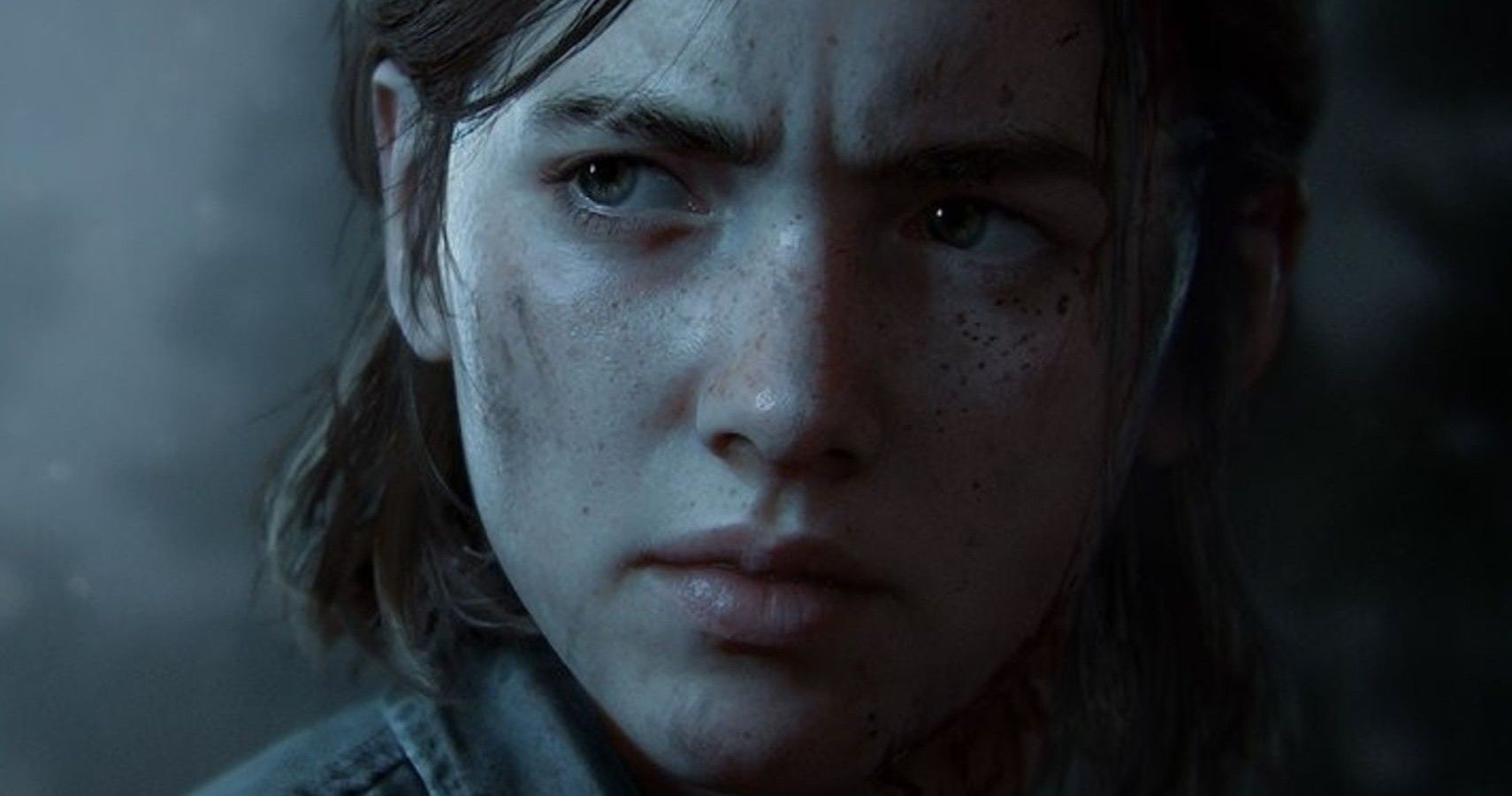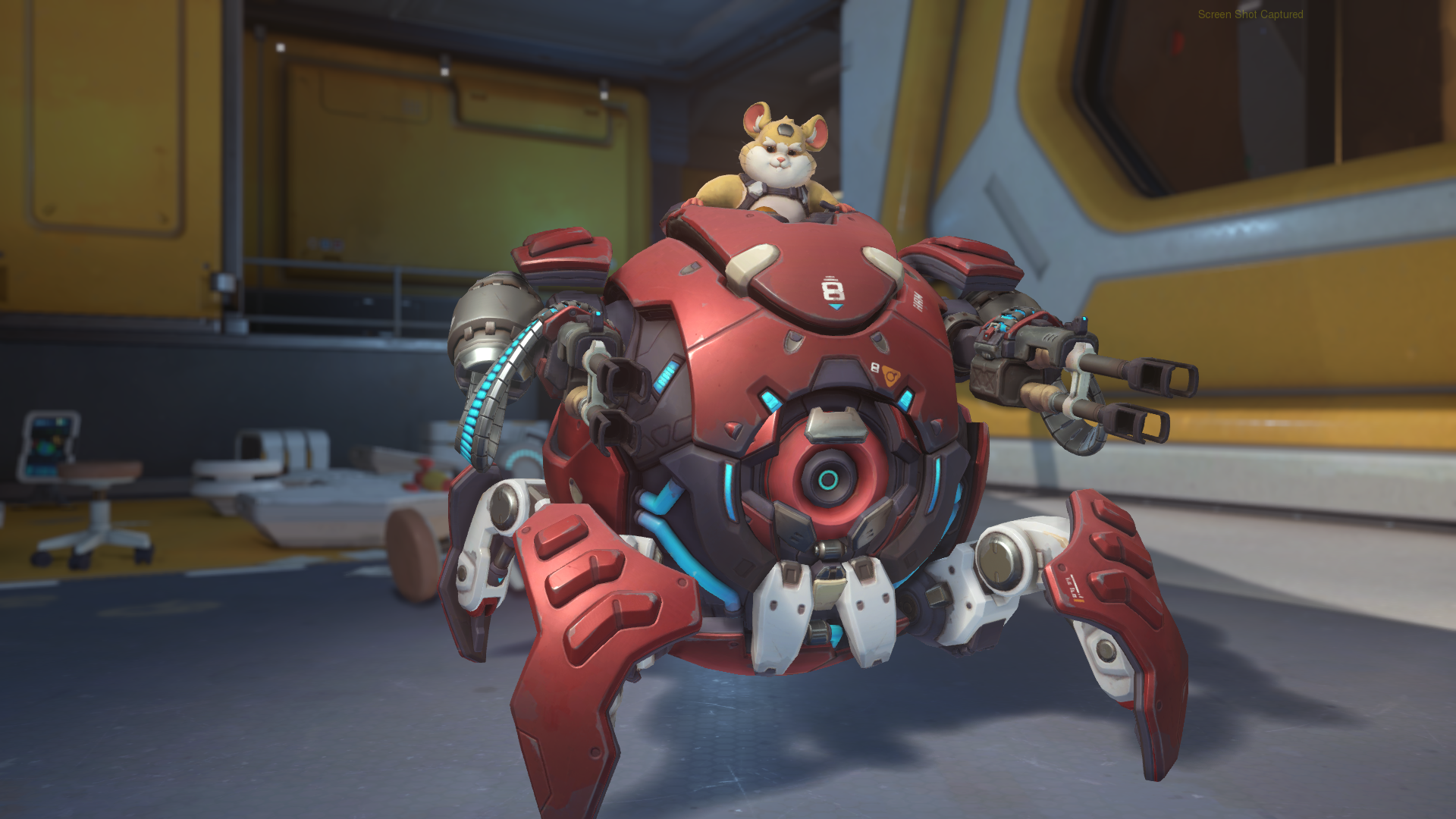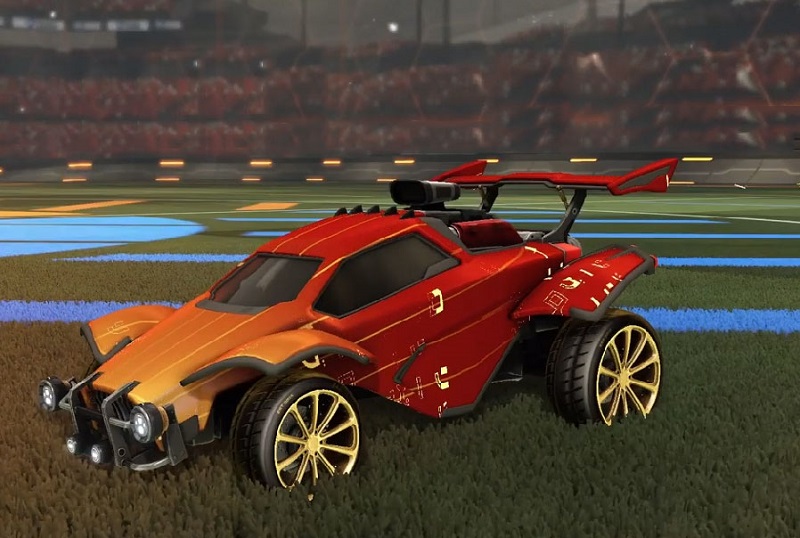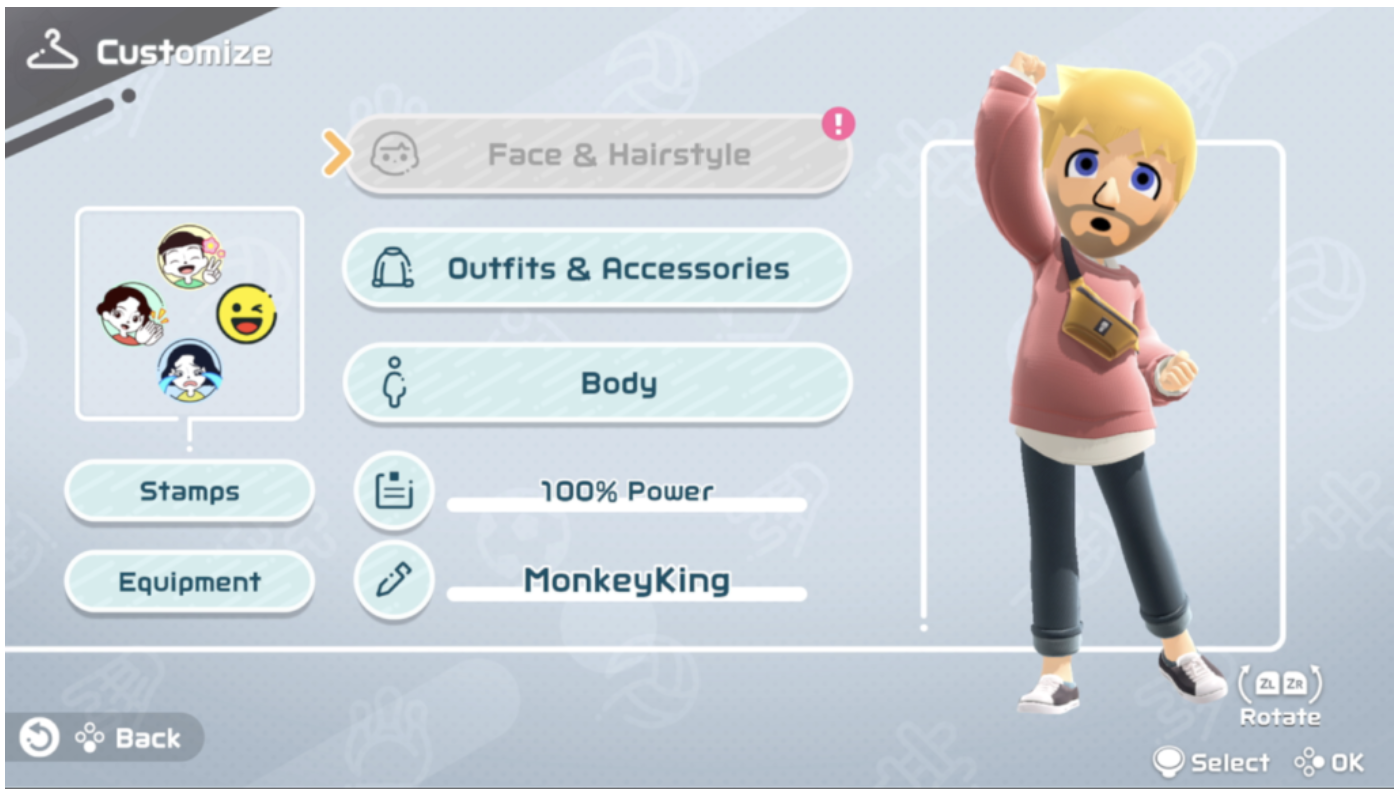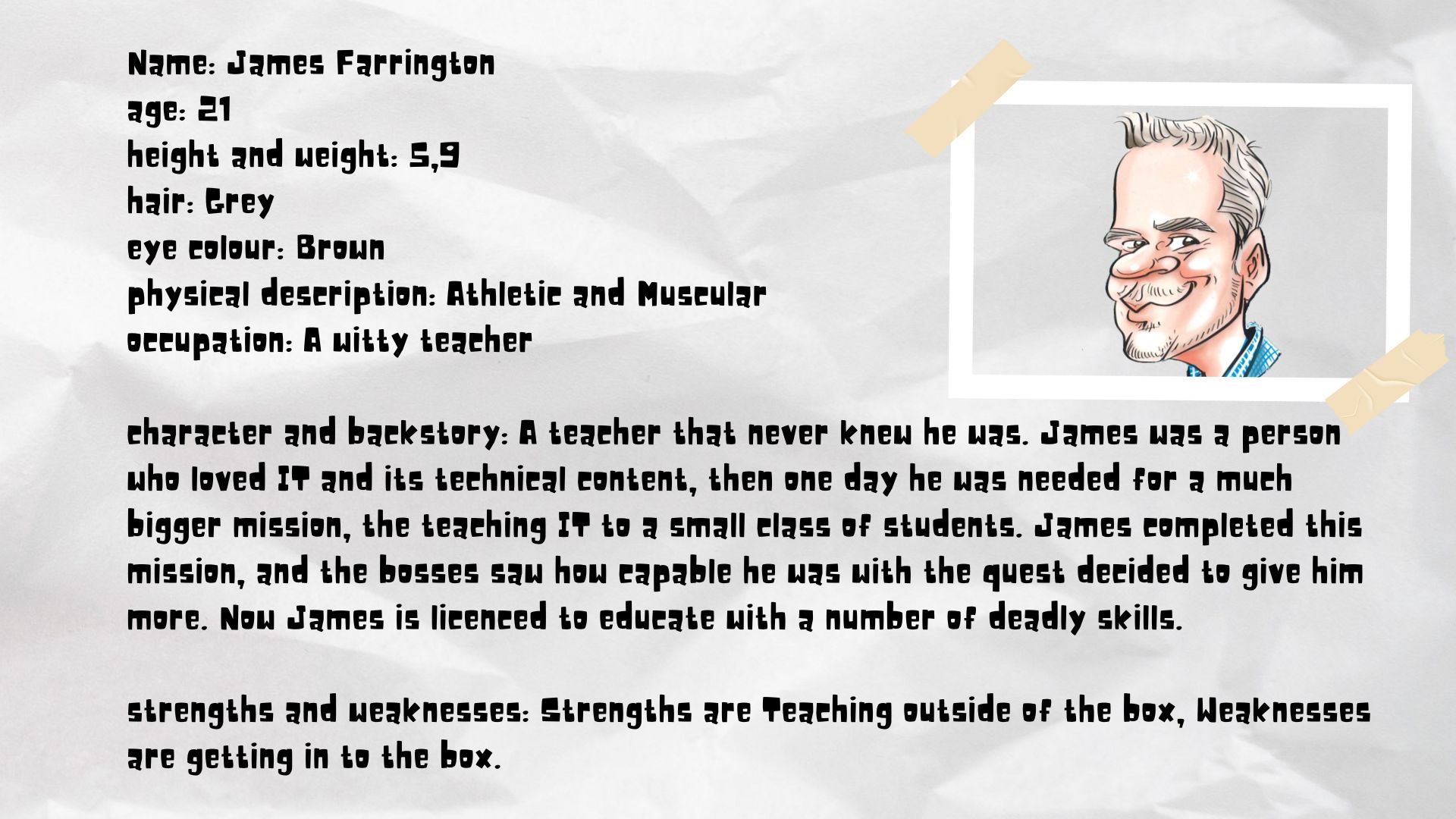| Week 1 | T&L Activities:A1 Principles of games designVisual styleWhen looking at the creation of any game, visual aesthetics play a significant part in setting the scene and feel of the game. When you look at the games that are developed today they have styles that give users near-human playable characters and assets, look at the latest release of Red Dead Redemption (10/2018). In previous games like Call of Duty World at War, the colour settings used in the game included a large number of muted greens and browns. Classic examples of games that have used visual styles successfully are; Minecraft
limbo
There are many other different types of visual stars, some of which are listed below; Realistic: These games aim to replicate real-world visuals as closely as possible. They often feature high-resolution textures, detailed character models, and advanced lighting effects. Examples include the "Call of Duty" series and "Red Dead Redemption." Cartoon/Cel-Shaded: Games with a cartoonish or cel-shaded style use bold, often exaggerated lines and colors to create a stylized, comic book-like appearance. "The Legend of Zelda: The Wind Waker" is an example. Pixel Art: Pixel art games use retro, pixelated graphics reminiscent of early video game consoles. Titles like "Minecraft" and "Stardew Valley" employ this style. 2D/2.5D: Side-scrolling or 2D games typically use 2D sprites in a 2D or 2.5D environment. Games like "Hollow Knight" or "Cuphead" fit this category. 3D Platformer: These games feature colorful and imaginative worlds with a focus on platforming. Examples include "Super Mario 3D World" and "Ratchet & Clank." Sci-Fi/Futuristic: These games often have sleek, high-tech designs, neon colors, and futuristic elements. "Halo" and "Mass Effect" are good examples. Horror: Horror games use dark, eerie, and atmospheric visuals to create tension and fear. Titles like "Resident Evil" and "Silent Hill" fall into this category. Fantasy: Fantasy games incorporate mythical creatures, magical settings, and vibrant colors. "The Elder Scrolls" series and "The Legend of Zelda" series are classic examples. Steampunk: This style combines Victorian-era aesthetics with steam-powered technology, resulting in a unique and often gritty look. "Bioshock Infinite" is an example. Minimalist/Abstract: These games employ minimalistic or abstract designs, often using simple shapes and colors to convey a specific mood or concept. "Journey" is a well-known example. Retro/Nostalgic: Games that intentionally emulate the visual styles of older consoles or arcade games. "Shovel Knight" and "Undertale" capture the essence of retro gaming. Anime/Manga: These games draw inspiration from Japanese anime and manga, featuring characters with distinctive anime-style visuals. "Dragon Ball FighterZ" and "Persona" series are examples. Each of these visual styles can greatly impact the way players perceive and connect with a game, contributing to the overall gaming experience. Game developers choose a style that aligns with the game's narrative, gameplay, and intended emotional impact. WorldA well-designed world immerses players and spectators in the game’s narrative or theme. This can enhance the overall esports experience and make it more enjoyable to watch and play. Different worlds can introduce various strategic elements. For example, a world with narrow chokepoints might encourage tight teamwork, while a more open environment could favor long-range combat. Game designers carefully consider these factors when designing worlds. TerrainTerrain can significantly impact gameplay and viewer experience in esports, as it affects factors like strategy, visibility, and overall aesthetics. Game designers often aim to create visually engaging and balanced terrain to enhance the esports experience for both players and spectators. ObjectObjects can be interactive elements, obstacles, or items within the game world that players can use or interact with during matches. These objects are essential for shaping gameplay dynamics and strategy. Many esports games include objects like power-ups, health packs, weapons, or equipment that players can collect or use to gain advantages. These objects can be strategically placed to encourage specific gameplay tactics and control over key areas of the map. Objects contribute to the visual diversity of the game world, making it more interesting for both players and spectators. Different objects can also be associated with different worlds or themes.
Create a simple info-graphic that identifies the different visual styles that are available to games developers and designers. In your works you should look to include as many images and examples as possible to help support your discussion of the styles. DirectionGame designers use direction and focal points to make sure players have a clear path to follow and to make important parts of the game stand out. It’s like having a guide in the game, showing you where to go and what’s exciting or essential to pay attention to. This makes games more enjoyable and helps players have a great time exploring and completing challenges. AnticipationThe use of anticipation in a game can have the ability to heighten the sense of imersion within the game. Consider playing Valorant or House of the Dead or any title where an enemy could be around the corner, the feeling that this provides the player is one of caution, hesitance or fear. This anticipation within a game can make the experience one that would keep a player coming back for more. Other games use this direction feature well by making some parts of a map move with the wind and shapes of possible enemies being made by these movements.
ChangeSometimes, games change where they want you to go or what you need to do to keep the adventure exciting. One moment, you might be exploring a spooky forest, and the next, you’re in a hidden cave. This change in direction keeps you engaged and eager to see what’s next. Change is like the spice that keeps games from becoming dull. It’s the game’s way of surprising you, making you adapt, and ensuring you never get bored. Game designers carefully use change along with direction and focal point to create thrilling and memorable gaming experiences. Focal PointFocal points in games and game design is intended to grab attention and almost say to the player "Hey, look here its important" this could be to gather simple collectables such as the glowing of a treasure box in fortnight to a huge sign that says "Boss Fight" these provide simple and useful bites of information and direction to players to keep thier interest in the game but to also allow the game to not be too difficult or unplayable by hiding things.
ProgressionPaceThe Pacing of a game is important when it comes to level and game design, it can be quite a complex concept to deal with. The pace can affect the player's perception of the level, and what is it that sets a well paced level apart from a poorly paced one. Any game needs to consider the flow, and how a player may need to be slowed in one areas of the level to enable them to understand a concept or operation of the game that is key to the players movements through the game, world or levels. ObjectiveWhen in the game players will need to have some sort of objective, be it on the level of the platform that the player is in, the world in which they find themsleves in or the level. In the image below the game of fallout has a number of objectives within it. These objectives can be more significant the further the player gets in to the game. In some games the objectives stay the same, however the number of assets the player needs to collect increase.
EnvironmentThe environment refers to the virtual world where the game takes place. It’s not just about the background scenery; it includes everything from the maps and landscapes to the objects and obstacles within the game. The environment plays a crucial role in how a game feels and how players progress in it. In many esports games, the environment is filled with obstacles or challenges that players must overcome. For instance, in “Fortnite,” players must build structures to protect themselves from other players or environmental hazards like storms. This adds depth to the gameplay and progression. In “Overwatch,” different maps have environmental effects like moving platforms, destructible walls, or changing weather that can affect gameplay. Adapting to these changes is part of a player’s progression.
Make a presentation that discusses direction and progression in at least 2 different computer games. You should look to discuss these games individually and then finally compare these for similarities and differences. MethodLinear designLinear design games are those where the player progresses through the game in a linear, predetermined path. Here are some examples of linear design games:
These are just a few examples of linear design games. While they may not offer the open-world experience of other games, they often provide a tightly crafted narrative and gameplay experience. Battlefield single-player campaigns Dead Space Within linear games, players essentially work their way down a set path like a level or map from point A to point B. Players are able to use different weaponry or objects in the games there could even be a few shorter extra paths or routes, similar to the world warp in Mario World, however, the structure is the same, and you have to progress through the game in the order the developers have set.
Objective based. Objective-based games can have elements where the goal might not be to kill others in a game or map but to capture all the Pokémon, outrace an opponent or explore a realm, build a city, solve a puzzle, and align falling blocks. Classic examples of such games would be ;
ConclusionWhen a user completes the game it is important to allow the users to know that they have completed the challenge, task, quest or goal. the end of the game can be the most important feature of any game as players will look for a sense of achievement and gratification. The winning condition of each game is individual to that title, some will be the collection of all task rewards, others the navigation to the end flag or location. In some games, there are small breadcrumbs to the next game or sequel to the series.
Consider the following video, The creation of the video game cartridge has been central to the successful explosion of computer games and the sectors of game design.
Files that support this week | English:
|
Assessment:
Anonymous Assessment - Learners assess an anonymous piece of work containing deliberate mistakes against given success criteria. Anonymous Assessment - Learners assess an anonymous piece of work containing deliberate mistakes against given success criteria. |
Learning Outcomes:
|
Awarding Organisation Criteria:
A.P1 Explore different principles of games Design A.P2 Explain how these esports principles are used in games design A.M1 Compare two different design principles in two different games genres A.D1 Evaluate the different game design principles and the impact they have on the different genres of games in |
| Maths:
|
|||||
| Stretch and Challenge:
|
E&D / BV | ||||
| Homework / Extension:
|
ILT | ||||
| → | → | → | → | → | → |
| Week 2 | T&L Activities:A2 Elements of an esports gameGameplayGameplay mechanics, e.g. running, jumping, shooting
Game Controller Vectors by Vecteezy
The mechanics within gameplay are important to its success. Movements such as running, jumping, shooting, crouching, and in some games rolling and crawling need to be considered. When considering the creation of a game these elements can be quickly forgotten. These mechanics may provide another level of depth to a game, enabling for a more immersive gameplay, closer realism to the real-world practices. consider the gameplay mechanics of at least 3 games that you have played, try and use games from different genres, e.g sports, fantasy and real time stratergy.
Goals All games that have been created have some form of goal, these could be to collect a number of items, score more than your opponent, or to reach the end of a level, world or map. These goals should be clear to the users of the game, and, they should be made quickly to enable better engagement in the game. At the beginning of most games, a mini training/ orienteering section to the user is provided to support the user in the game mechanics and the types of goals and messages that they might experience on the way.
Progression Once the game begins your players will need to move through the game, how is this done? Games like uncharted follow a game-long story that is broken into different quests and tasks that the player needs to complete, these quests provide skills and potential new abilities to the game's character.
Balance Balance is a key foundational principle in the design of any esports game or game in general as it refers to the balance of advantages, opportunities, and challenges among players or teams. Providing balance is crucial to ensure that the game is fair, competitive, and enjoyable for everyone involved making them want to play for longer or to play again.
Winning Condition The winning condition is important to giving your game an end objective, however, the condition for each game will be different. Consider 3 games that you have played, what are the conditions for the completion of a level, or the complete game? Consider not only traditional games, but also educational games, ie Mathletics. Many games have complexity settings on them, these range from beginner and novice, to expert and veteran. These complexities may change the winning conditions of some games removing "allowances" to game characters where they do not have to complete specific tasks or collect specific items to achieve. Strategies.
Interaction model: An interaction model in esports refers to how players interact with the game and with each other within the game. It includes various elements such as avatars, characters, vehicles, and omnipresence. Here's a discussion of these elements in the context of esports games:
Today in most esports titles players can compete in a number of player modes that provides them with different approaches and experiences to playing the title. We will look at the two most commonly available in title, single and multiplayer modes. Single-player. The single player mode is the most commonly available modes in all games. Single player allows individuals to compete in a solo game to achieve any potential objectives, or as a individual in a multiplayer game mode where all players are against each other, classic examples of this would be FIFA and Call of Duty. Multiplayer. The Multiplayer mode enables teams of players to work in group objectives in a game title, commonly known as "Duo's", "Trio's" and "Squds. This mode provides another player experience that involves communication, strategy and direction. Players in teams may have a team captain that controls many of the decisions that are taken in the game. Rules The use of rules in a game enables limits and restrictions to the gameplay that can make for a more enjoyable experience for the players. Some rules in games are often overlooked and taken as the norm, for example, a character not being able to walk outside of the map within the game, or, carrying on playing with zero health. Rules are boundaries to keep a game on a path of completion. Consider some of the rules that you have come across in your games. Discuss amongst yourselves the importance of rules in the games. Create an argument to rules that you would like to remove from a game
The guidance that rules provide to a game can remove any ambiguity around how to play the game, think of them as a Do and Don't sheet. Things that might need to be covered are; Environment, Player, Competitions, Progression, Multiplayer, Single Player, Goals/Targets/Achievements, Codes of Conduct for team talk, Codes of Conduct for text chat.
Challenges and rewards In most games nowadays there are mini-challenges or quests that run alongside the main game. These challenges and quests provide the game player with another level of interactivity with the game. A classic example of this can be seen in the Fortnight game. In the image below players can see weekly and daily quests that enable them to build their XP to allow them to improve their playing ability and open other perks and rewards.
Rewards in games can be earnt as discussed above, however, in some game titles, the developers have opened their own currency that players can purchase to buy perks, weapons, skins, and much more.
Player mechanics. Mechanics are a way for players to achieve game goals, take player actions, and advance strategies to help them progress throughout the game. A great discussion on Game and Player Mechanics from www.GameDesignSkill.com says
If we take the Mario Game we can see that the player Mechanics are;
Player skill level Player skill as mentioned previously can impact the "enjoyment" factor of a game. There are a number of skill levels that can occur in game play these are grassroots When looking at player skills and abilities Grassroots events provide an opportunity to create and nurture new talent, but a safe space for diversity and inclusion. These are normally community-led and allow for new and potential future esports greats to emerge. amateur Amateur players are those that have interests in the competitive arenas, they normally have no membership or alliance with any team in esports and participate in a casual manner. semi-pro Semi-pro players fall into a bracket where they are part-time. This may mean that participation in competitions and events may fall inside times when they are not working. Semi-professional players can have sponsorships and team memberships however this may not be the sole provider of any revenue streams that the individual may have. professional Professional players are individuals who are at the top of an elite few who are considered the best players within a title. These players may compete as part of a team or individually, and they can be found to participate in many competitions and championship events. Professional players may also use their membership and sponsorship as their main source of income allowing them to further practice and compete in events.
Game structure. The game structure is essentially the "skeleton" of the game, providing a roadmap for the game's design and development. It helps to ensure that the game is cohesive and balanced, with a clear progression from beginning to end. Some key components of game structure include:
Files that support this week | English:
|
Assessment:
Anonymous Assessment - Learners assess an anonymous piece of work containing deliberate mistakes against given success criteria. Anonymous Assessment - Learners assess an anonymous piece of work containing deliberate mistakes against given success criteria. |
Learning Outcomes:
|
Awarding Organisation Criteria:
A.P1 Explore different principles of games Design A.P2 Explain how these esports principles are used in games design A.M1 Compare two different design principles in two different games genres A.D1 Evaluate the different game design principles and the impact they have on the different genres of games in |
| Maths:
|
|||||
| Stretch and Challenge:
|
E&D / BV | ||||
| Homework / Extension:
|
ILT | ||||
| → | → | → | → | → | → |
| Week 3 | T&L Activities:Targeted audience.The audiences that a game has can vary depending on its content and genres. Therefore if a specific audience is required to be targeted the development of key features within it must appear and appeal to those who are being targeted. Classic examples of games that have been developed for a specific audience are the mobile game "Paper Toss" and "Cut the Rope" these games have been designed to hit a casual game player who may not be a Gamer.
Demographics.The demographics of the possible targeted audience of a game title can impact the sales, interaction and appeal of the game. The term Demographics relates to a number of factored areas such as Gender, Age, Race, And a number more. These when reflected on can form the basis of our "following" and how we are able to create and develop games that meet their wants and desires. Games companies will survey a section of society against some criteria that they have based on a game idea and proposal. They will gather this feedback to improve or develop titles that meet the requirements of the audience. However, there may be instances where location impacts the views of a demographic group due to other influencers, for example, in Japan and across Asia Annime has a large following and any game title that has this visual style tends to be popular
Subculture.Imagine subcultures in the design of an esports game like different cliques or groups in school. In the gaming world, these are smaller communities of players who share unique interests, playstyles, and ways of enjoying the game. Here are some simple examples: 1. Role-Playing Subculture: In games like League of Legends, there's a subculture of players who love to role-play as their favourite characters, creating their stories within the game. 2. Subculture: In games like Super Mario, some players form a subculture focused on completing the game as fast as possible. They have their own rules and strategies. 3. Cosplay Subculture: Games like Overwatch have a subculture where players love dressing up as their favourite heroes in real life, bringing cosplay into the gaming world. 4. Fighting Game Subculture: In games like Street Fighter, there's a subculture of competitive players who are into intense one-on-one battles and tournaments. 5. Strategy Subculture: In games like StarCraft, there's a subculture of players who love to strategize and plan their moves meticulously. Game designers can pay attention to these subcultures to create features and content that cater to these specific groups, making the game more enjoyable for everyone. It's like ensuring there's something for every high school clique to enjoy in the game!
Game developers may take subcultures into account when designing their games to cater to specific player preferences or create features that resonate with these subgroups. For example, subcultures may develop around specific game genres, professional teams, or gaming platforms, each with its own set of norms, slang, and expectations. Understanding and accommodating these subcultures can help game designers create a more engaging and inclusive gaming experience. Needs.The need of the player must be considered when designing a game or player. The audiences that will play the game may require certain abilities, features and capabilities to be present for them to be fully immersed in the game. Attitudes and opinions.
Personalities.
Files that support this week | English:
|
Assessment:
Anonymous Assessment - Learners assess an anonymous piece of work containing deliberate mistakes against given success criteria. Anonymous Assessment - Learners assess an anonymous piece of work containing deliberate mistakes against given success criteria. |
Learning Outcomes:
|
Awarding Organisation Criteria:
|
| Maths:
|
|||||
| Stretch and Challenge:
|
E&D / BV | ||||
| Homework / Extension:
|
ILT | ||||
| → | → | → | → | → | → |
| Week 4 | T&L Activities:B1 Idea GenerationWhen creating your own idea you need to consider a number of elements and aspects of the idea. You must make sure that your idea fits in to the existing games that you might be generating a new player idea for, or map or level . Below we will review and in places revist the key points. Visual style:Realism The creation of characters in a computer game can be soo realistic that they can all in to the "Uncanny Valley" categorisation. The term "Uncanny Valley" was created by Japanese Roboticist Masahiro Mori in 1970 when he hypothesised that "a sense of familiarity can vary according to human likeness on a continuum from the extremely un-humanlike (an industrial robot) to completely human (a healthy living person)" Exploring The Uncanny Valley (uncanny-valley.co.uk)
Last of Us
Stylised An example of a stylised game would be Borderlands.
Toon.
ConceptWhat is a concept? Concepts are used in a wide range of places around most products, games and ideas. Some concepts are taken further and implimented others are not. If you reflect on top car manufacturers, they will create "Concept Cars" these are never normally mass produced as they wouldnt be viable in the real world or cost to much, however they can impact future designs and influence the ideas being created. So this can also happen in games design and development, games can be created to try and experiment things like Phtysiscs and visual styles, or completely new levels and game mechanics. Consider the development of the First Person View that was rumoured to be in development for fortnight. Your concept of an idea demonstrates your idea and proposal. Planning
Moodboards.The creation of a moldboard in the design of a computer game idea or character is vital to enabling others to visualise the direction an element may go. Moodboards can be both detailed and simple, however, the same rule still applies, EXPLAIN! Explain what is being shown or presented to the player/user/developer. Within industry, the person developing the level, character or object may not be tasked with creating the ideas and vision using Moodboards, so the level of detail in explaining the moodboard is key.
Character development
Mind Maps
Mind Map created by Jasutin ! with GoConqr
Try creating your Mind Maps using the following online tool Mind Meister The genre of game the character will be in, e.g.:
Character:human Human characters appear to be the non-conventional main characters in most games as this can be quite hard to impliment in a game without is looking wired and strange, so most developmers will choose more non-conventional beings. As graphics and consoles have got better so the introduction of more "real life looking" human characters have entered games, characters like Drake in the "Unchartered" series.
to the realisim of the characters in the last of us titles, the image of Ellie taken from in game footage.
alien Hamstar from Overwatch is a hamster who's genetic therapy on the Horizon Lunar Colony resulted in his greatly increased size and intellect. Hammond taught himself engineering and mechanics, and escaped to earth, landing amidst the Junkers of the Australian Outback. (Taken from Blizzard Games)
monster
robot
Some game titles use a mixture of human and roboic characters within thier titles, a classic example of this is in game Apex Legends where the character Pathfinder can be found, her is a MRVN (Mobile Robotic Versatile eNtity).
vehicle.
Clothes and equipment. Consider the development of your own character, what about their appearance? The clothing element of a player can ofter be forgotten and really had the ability to give the player a sense of worth, or placement within the game. This could be an opportunity for players to customise thier players in the game to make them unique to the style that they have. Consider the example below in the Nintendo Wii Resorts game. This customisation really allows the player to become part of the game.
An option to present your game character design concept would be to use the following style and layout. Milanote is a template website that enables you to present your work in a professional manner.
Files that support this week | English:
|
Assessment:
Anonymous Assessment - Learners assess an anonymous piece of work containing deliberate mistakes against given success criteria. Anonymous Assessment - Learners assess an anonymous piece of work containing deliberate mistakes against given success criteria. |
Learning Outcomes:
|
Awarding Organisation Criteria:
B.P3 Demonstrate the refinement of character design prototypes B.P4 Produce a character concept for an esports game B.M2 Analyse the effective refinement of the characters with feedback linked to the concepts BC.D2 Evaluate the effectiveness of the games design document, showing development and implementation of the character concept created |
| Maths:
|
|||||
| Stretch and Challenge:
|
E&D / BV | ||||
| Homework / Extension:
|
ILT | ||||
| → | → | → | → | → | → |
| Week 5 | T&L Activities:B2 Producing a character for an esports gameCharacter Profile:
When you create any game character it is important to include information and context to your player's details;
A fantastic resource is Milanote who have a very nice template and structure to layout your character proposals. Milanote Website Sketches
Software, e.g.: Photoshop, Illustrator.
Visual representation.
Character concept.
Correct colour, e.g.:
Turn around sheet.
Final character concept.
Files that support this week | English:
|
Assessment:
Anonymous Assessment - Learners assess an anonymous piece of work containing deliberate mistakes against given success criteria. Anonymous Assessment - Learners assess an anonymous piece of work containing deliberate mistakes against given success criteria. |
Learning Outcomes:
|
Awarding Organisation Criteria:
B.P3 Demonstrate the refinement of character design prototypes B.P4 Produce a character concept for an esports game B.M2 Analyse the effective refinement of the characters with feedback linked to the concepts BC.D2 Evaluate the effectiveness of the games design document, showing development and implementation of the character concept created |
| Maths:
|
|||||
| Stretch and Challenge:
|
E&D / BV | ||||
| Homework / Extension:
|
ILT | ||||
| → | → | → | → | → | → |
| Week 6 | T&L Activities:
Files that support this week | English:
|
Assessment:
Anonymous Assessment - Learners assess an anonymous piece of work containing deliberate mistakes against given success criteria. Anonymous Assessment - Learners assess an anonymous piece of work containing deliberate mistakes against given success criteria. |
Learning Outcomes:
|
Awarding Organisation Criteria:
|
| Maths:
|
|||||
| Stretch and Challenge:
|
E&D / BV | ||||
| Homework / Extension:
|
ILT | ||||
| → | → | → | → | → | → |
| Week 7 | T&L Activities:C1 Purpose of a games design documentWhat is a Unique selling point?A unique selling point or USP is a characteristic, feature or idea that sets a product, service or game idea apart from its competitors and makes it more appealing to consumers. In a sense, it is the "thing that makes your product, service or game idea stand out from the crowd and gives people a good reason to choose it over other options." For example, if you to Valorant and fortnight as a game concept and looked at what one game does that the other doesn't. Then the creation of a game idea that merges these two shortfalls or gaps in the game together could make its own successful idea.
What is a Sales pitch?A sales pitch summarizes the key features and benefits of the game and highlights why it is an attractive proposition for potential players, publishers, investors, or other stakeholders. In this section of any proposal you should look to include brief points that discuss the following;
The goal of a sales pitch in a game design document for an esports game is to create a compelling narrative around the game that will generate interest and excitement, and convince potential stakeholders that the game is a worthwhile investment. By highlighting the key benefits and features of the game, and explaining why it is unique and appealing, the development team can create a compelling case for the game and increase its chances of success.
What's in a Game treatment Document.A game treatment typically includes information such as the target audience, the genre of the game, the setting and storyline, the main characters and their motivations, the objectives and challenges of the game, and the proposed budget and timeline for development. It also includes sketches, diagrams, and mockups of key game elements such as characters, environments, and interfaces to help convey the vision for the game. The game treatment is an important tool for getting buy-in from stakeholders and investors, as it provides a comprehensive and visual representation of the proposed game. It helps ensure that everyone is on the same page about the goals and vision for the game, and provides a reference point for decision-making throughout the development process.
A typical esports game treatment document might include the following elements:
The goal of a game treatment is to provide stakeholders with a clear and concise understanding of the game, and to generate excitement and interest in the project. By clearly articulating the concept, setting, mechanics, and other key elements of the game, the development team can build a strong foundation for the game and increase its chances of success.
What is a Concept Document?A concept document in esports game design is a document that outlines the main features, game mechanics, objectives, and overall vision for the game. It serves as a guide for the development team and stakeholders to understand the concept and make informed decisions regarding the direction of the project. A concept document for an esports game typically includes information such as the target audience, the genre of the game, the setting and storyline, the game's unique selling points, the target platform, and the proposed budget and timeline for development. It also includes sketches, diagrams, and mockups of key game elements such as characters, environments, and interfaces to help convey the vision for the game. The concept document is an important step in the game development process, as it sets the foundation for the rest of the project. It helps ensure that everyone is on the same page about the goals and vision for the game, and provides a reference point for decision-making throughout the development process. What's in a Design Document.A design document provides detail of an esports game,
Selection of genreIn any of the above documents, you need to ensure that you identify what genre your game idea falls within. It is worth noting that games can fall within a number of different genres based on the concepts of the games and its mechanics. There are a number of different genres that games are categorized within, some of these are;
Placement of gameplay elements.Firstly we must understand what Gameplay elements are! These elements or components make up the gameplay experience in a. These elements can include:
These elements can vary greatly from game to game and are an important part of the design process for game developers. They are what make each game unique and determine the type of gameplay experience that players will have. So we need to consider and discuss where these might appear in our game ideas. Links to esports games that are in the market, e.g.: League of Legends, Rocket League, Overwatch, Hearthstone, Fortnite.When discussing the game idea and covering its intent it is vital to discuss the links to games that may have inspired the development of this proposal. These games will in most places be a potential competitor too. This is an opportunity to review and reflect on the market share of the game, you are able to discuss the potential audiences and scales available to your proposal. Files that support this week | English:
|
Assessment:
Anonymous Assessment - Learners assess an anonymous piece of work containing deliberate mistakes against given success criteria. Anonymous Assessment - Learners assess an anonymous piece of work containing deliberate mistakes against given success criteria. |
Learning Outcomes:
|
Awarding Organisation Criteria:
C.P5 Produce a games design document for the chosen esports game C.M3 Produce a detailed games design document for the chosen esports game BC.D2 Evaluate the effectiveness of the games design document, showing development and implementation of the character concept created |
| Maths:
|
|||||
| Stretch and Challenge:
|
E&D / BV | ||||
| Homework / Extension:
|
ILT | ||||
| → | → | → | → | → | → |
| Week 8 | T&L Activities: C2 Document Production
Files that support this week | English:
|
Assessment:
Anonymous Assessment - Learners assess an anonymous piece of work containing deliberate mistakes against given success criteria. Anonymous Assessment - Learners assess an anonymous piece of work containing deliberate mistakes against given success criteria. |
Learning Outcomes:
|
Awarding Organisation Criteria:
C.P5 Produce a games design document for the chosen esports game C.M3 Produce a detailed games design document for the chosen esports game BC.D2 Evaluate the effectiveness of the games design document, showing development and implementation of the character concept created |
| Maths:
|
|||||
| Stretch and Challenge:
|
E&D / BV | ||||
| Homework / Extension:
|
ILT | ||||
| → | → | → | → | → | → |


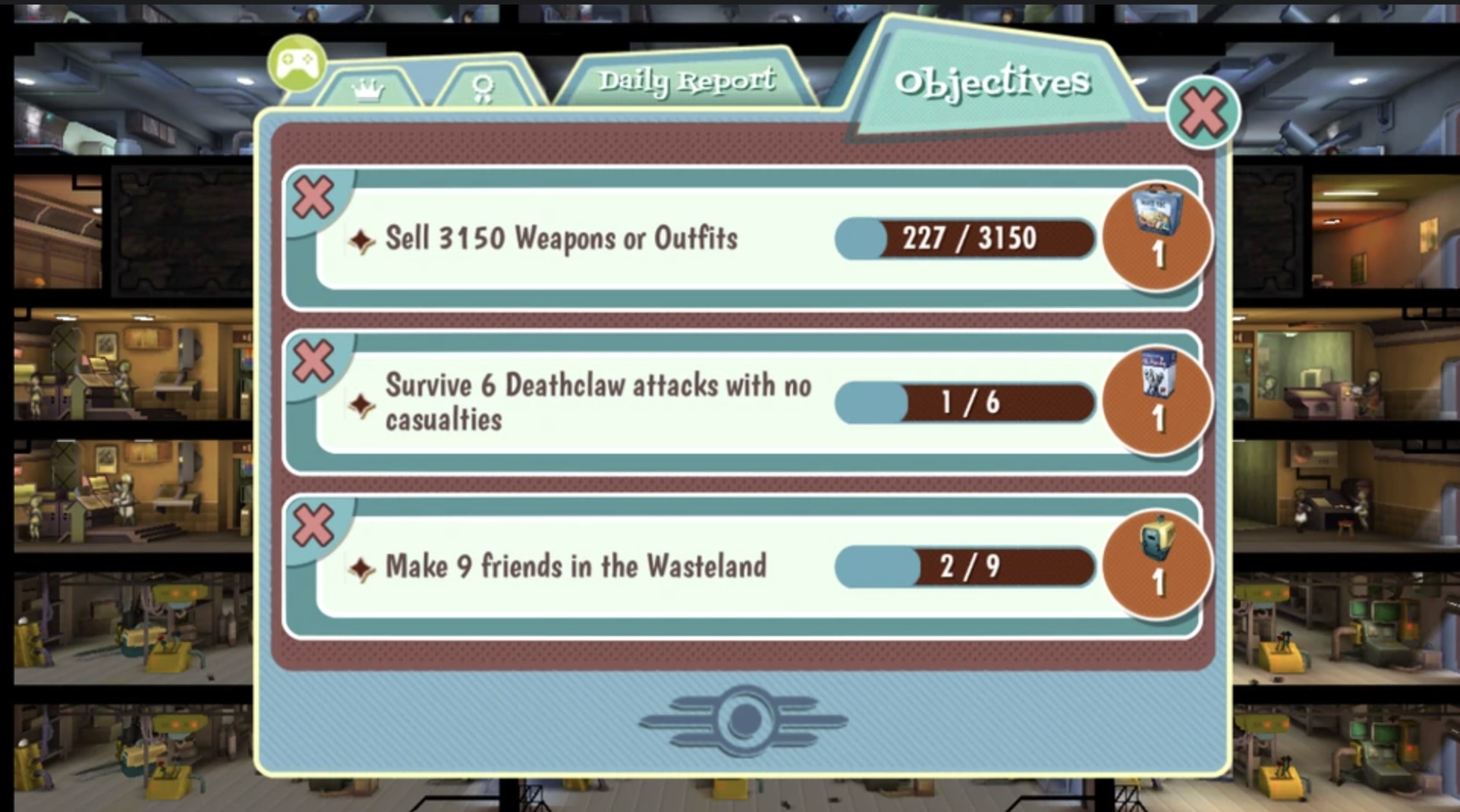


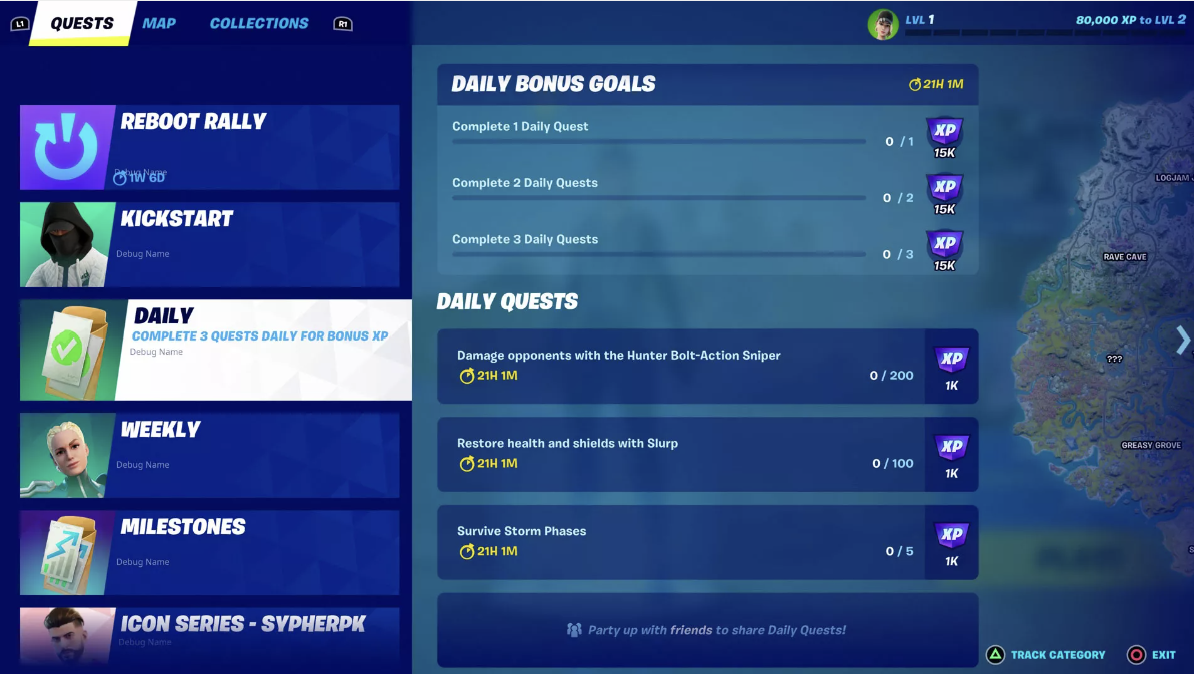 Image taken from Epic games
Image taken from Epic games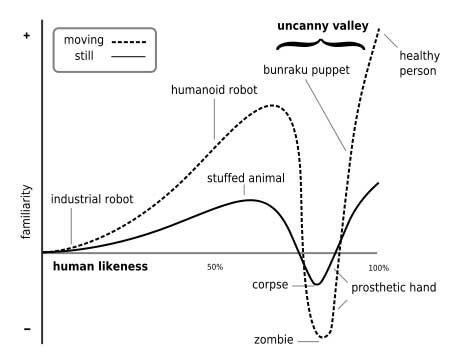 Examples where games have used realisum can be seen below.
Examples where games have used realisum can be seen below.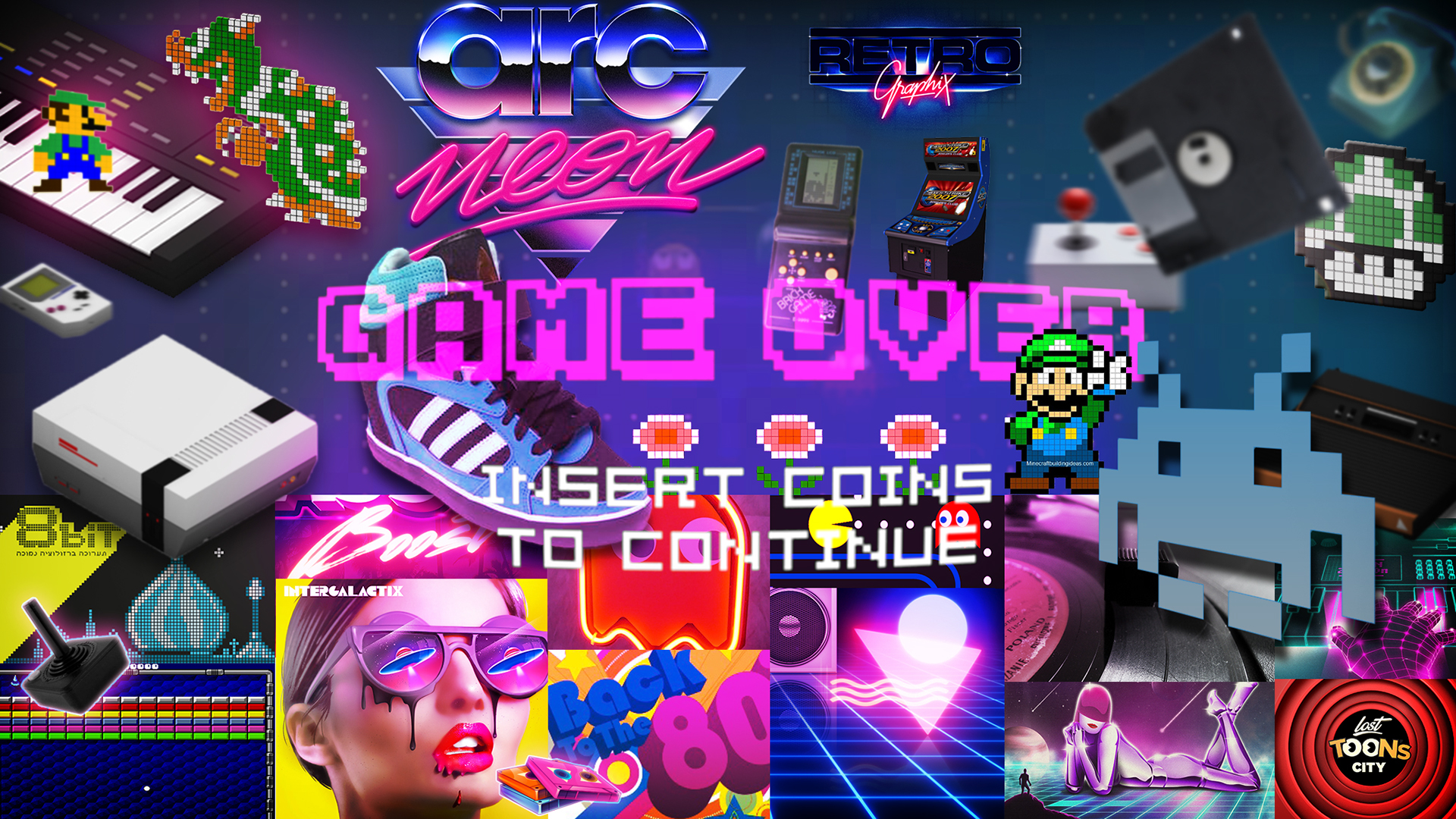 image is taken from: https://www.behance.net/gallery/39325099/Mood-Board-For-Mobile-Game
image is taken from: https://www.behance.net/gallery/39325099/Mood-Board-For-Mobile-Game
